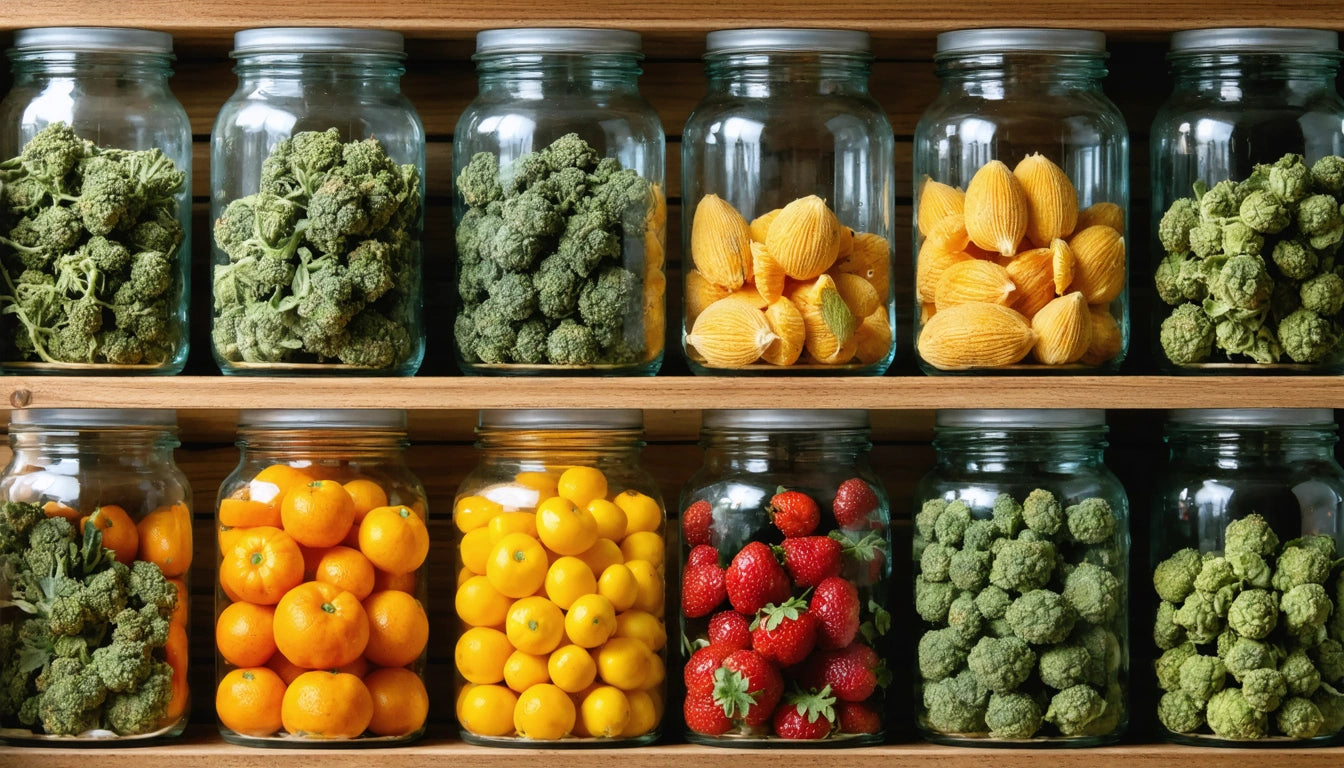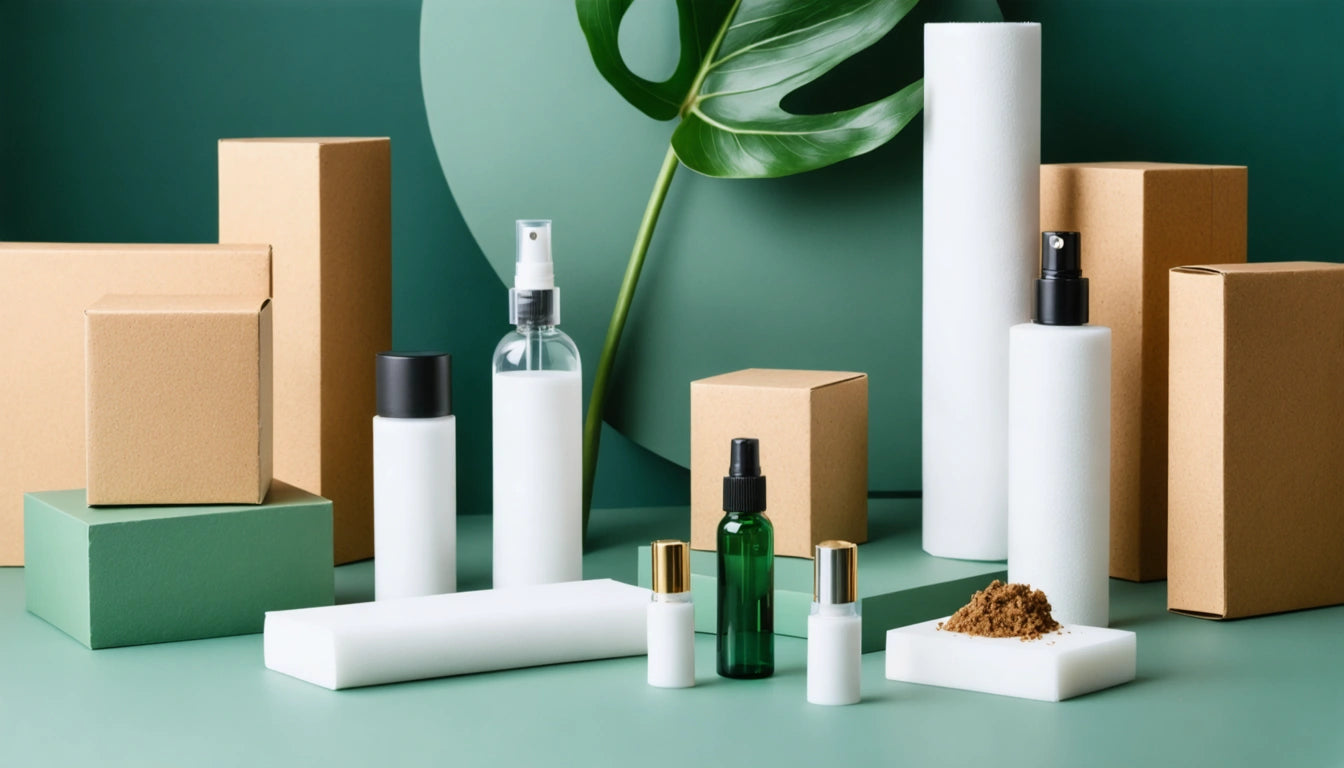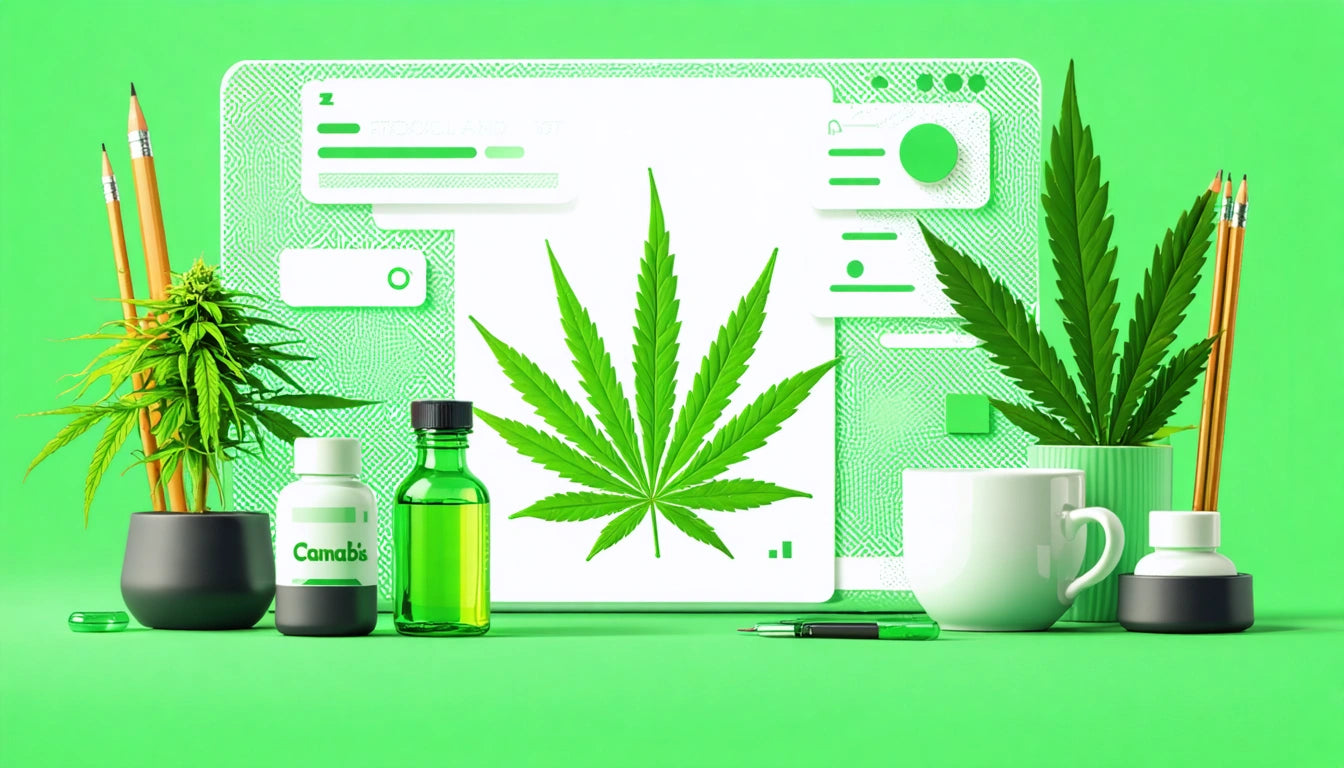Table of Contents
Proper storage of cannabis edibles is essential for maintaining both their flavor profile and cannabinoid potency. Unlike traditional food items, edibles contain temperature-sensitive compounds that can degrade when exposed to improper conditions. This comprehensive guide explores the best practices for storing various types of cannabis-infused products to maximize shelf life and preserve their therapeutic effects.
Understanding Edible Degradation
Cannabis edibles begin to lose potency from the moment they're produced. THC and other cannabinoids naturally convert to different compounds over time through a process called decarboxylation, which continues slowly after production. According to research on THC metabolism, this degradation accelerates when edibles are exposed to heat, light, air, and moisture.
The primary factors affecting edible quality include:
- Exposure to oxygen (oxidation)
- UV light degradation
- Temperature fluctuations
- Humidity levels
- Cross-contamination with other foods
Understanding these elements helps consumers and businesses develop effective storage protocols that extend product viability and maintain consistent dosing.
Optimal Storage Containers
The right container makes a significant difference in preserving edible quality. For commercial producers, automated filling equipment for precise portioning ensures consistent product quality from production through packaging. For consumers storing products at home, these container options provide excellent protection:
Airtight Glass Containers
Mason jars and other glass containers with rubber seals prevent air exchange and moisture infiltration. Glass is non-reactive and won't leach chemicals into your edibles, making it ideal for long-term storage.
Food-Grade Silicone Containers
Flexible, durable, and naturally non-stick, silicone containers work well for gummies and other sticky edibles. They provide good protection against moisture while being portable and discreet.
Vacuum-Sealed Bags
For maximum freshness, vacuum-sealed bags remove air that can accelerate oxidation. This option works particularly well for baked goods and chocolates that might otherwise go stale quickly.
Ideal Storage Conditions
Beyond selecting the right container, maintaining optimal environmental conditions dramatically extends edible shelf life. The ideal storage environment includes:
Temperature Control
Store most edibles between 55-70 °F (13-21 °C). Refrigeration (35-40 °F) is recommended for perishable items like drinks and some baked goods. As explained in this storage guide, freezing is viable for long-term preservation but may affect texture upon thawing.
Light Protection
UV light degrades cannabinoids rapidly. Store edibles in opaque containers or in dark locations to prevent potency loss. Amber or cobalt blue glass containers provide natural UV protection.
Humidity Management
Maintain relative humidity between 55-62% for most edibles. Too much moisture promotes mold growth, while too little dries out products and affects texture. Consider using humidity control packs for sensitive items.
Storage Recommendations by Edible Type
Different edible formats require specific storage approaches to maintain their quality:
Gummies and Hard Candies
These sugar-based products absorb moisture easily, leading to texture changes. Store in airtight containers with silica gel packets to absorb excess humidity. Refrigeration can extend shelf life but may alter texture.
Chocolates and Baked Goods
These items are susceptible to melting and staleness. Store chocolates below 70 °F in sealed containers away from strong odors. Baked goods can be frozen for up to three months without significant potency loss, as research comparing preservation methods has shown.
Beverages and Tinctures
Liquid edibles should be kept sealed and refrigerated after opening. Light-blocking containers are essential, as liquids allow faster degradation of cannabinoids when exposed to UV light.
Labeling and Organization Systems
Proper labeling prevents confusion and ensures safe consumption. Include these details on storage containers:
- Product type and strain
- THC/CBD content per piece
- Production date
- Expiration date
- Dosage instructions
For households with children, additional precautions are necessary. Always use child-resistant containers and store edibles separately from regular food items. Understanding how to read edible labels helps consumers maintain proper storage based on manufacturer recommendations.
Preserving Potency: Long-Term Strategies
For those looking to preserve edibles beyond their typical shelf life, several advanced techniques can help maintain potency and freshness:
Vacuum sealing combined with freezing can extend shelf life by months for most edibles. This approach is particularly effective for items containing fats that help with cannabinoid absorption, as it prevents oxidation of both the cannabinoids and the fats.
Rotation systems ensure you're always consuming the oldest products first. Implementing a first-in, first-out approach helps prevent waste and ensures consistent experiences with your edibles.
When properly stored, most commercial edibles maintain their labeled potency for 3-6 months, while homemade varieties typically last 1-2 months before noticeable degradation occurs. By following these comprehensive storage guidelines, consumers can enjoy consistent experiences and maximize the value of their cannabis-infused products.











Leave a comment
All comments are moderated before being published.
This site is protected by hCaptcha and the hCaptcha Privacy Policy and Terms of Service apply.